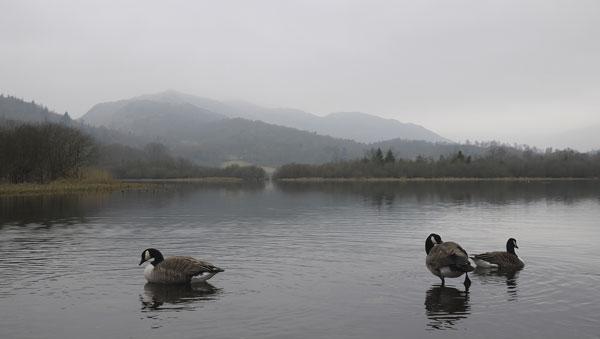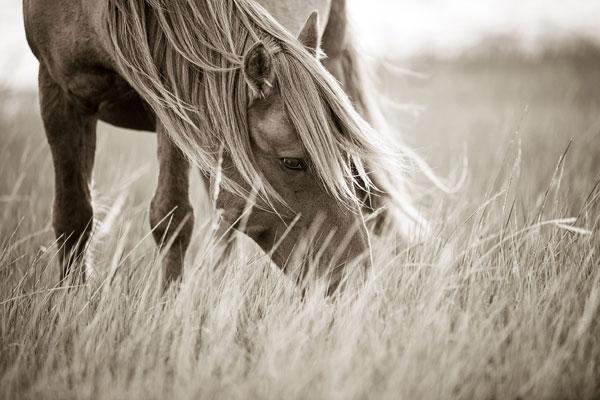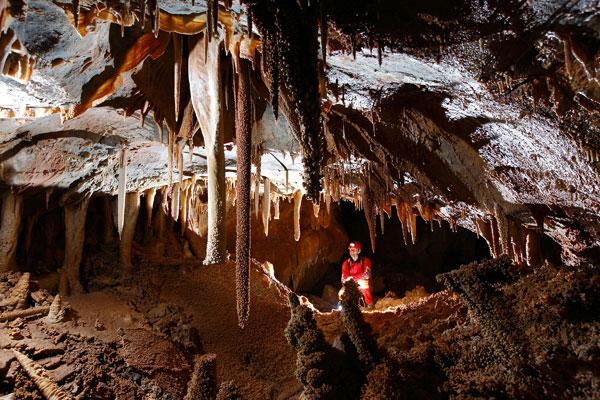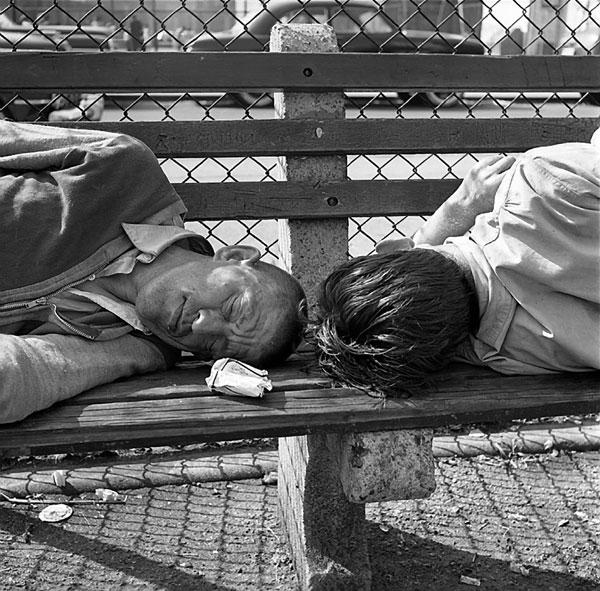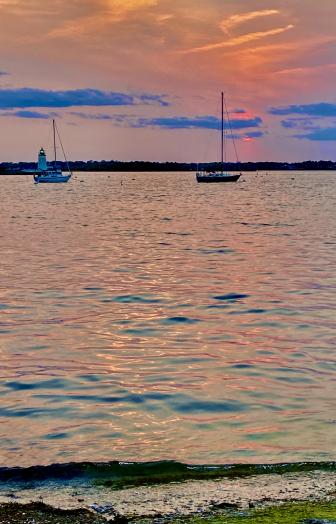|
Jun 03, 2014 |
First Published: Apr 01, 2014
|
Jun 05, 2014 |
First Published: Apr 01, 2014
|
Jun 12, 2014 |
First Published: Apr 01, 2014
|
Mar 25, 2014
|
Apr 15, 2014 |
First Published: Mar 01, 2014
|
Apr 21, 2014 |
First Published: Mar 01, 2014
|
May 02, 2014 |
First Published: Mar 01, 2014
|
May 06, 2014 |
First Published: Mar 01, 2014
|
May 06, 2014 |
First Published: Mar 01, 2014
|
Jan 17, 2014 |
First Published: Feb 01, 2014
|
Mar 17, 2014 |
First Published: Feb 01, 2014
|
Mar 21, 2014 |
First Published: Feb 01, 2014
|
Mar 25, 2014 |
First Published: Feb 01, 2014
|
Apr 04, 2014 |
First Published: Feb 01, 2014
